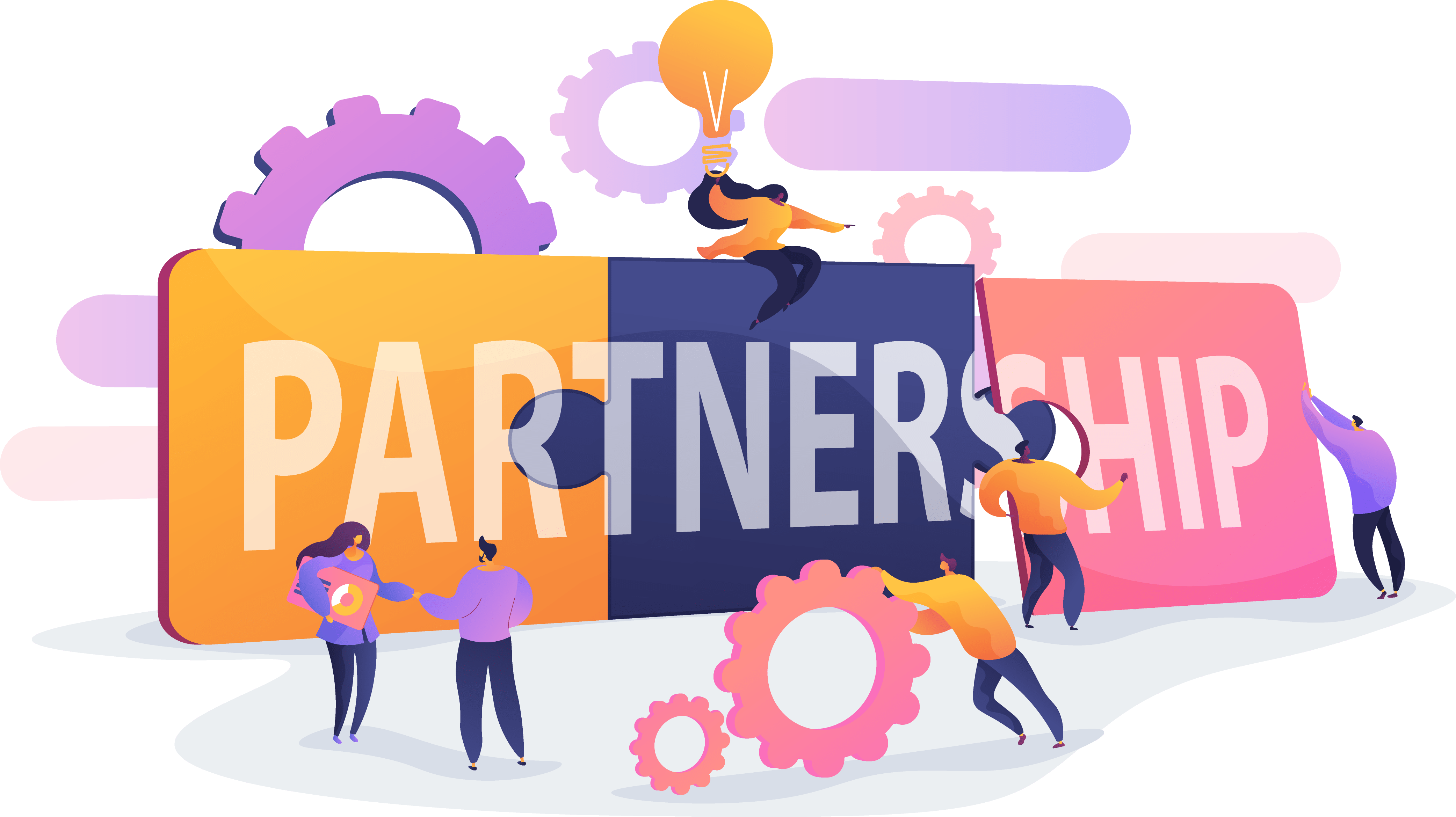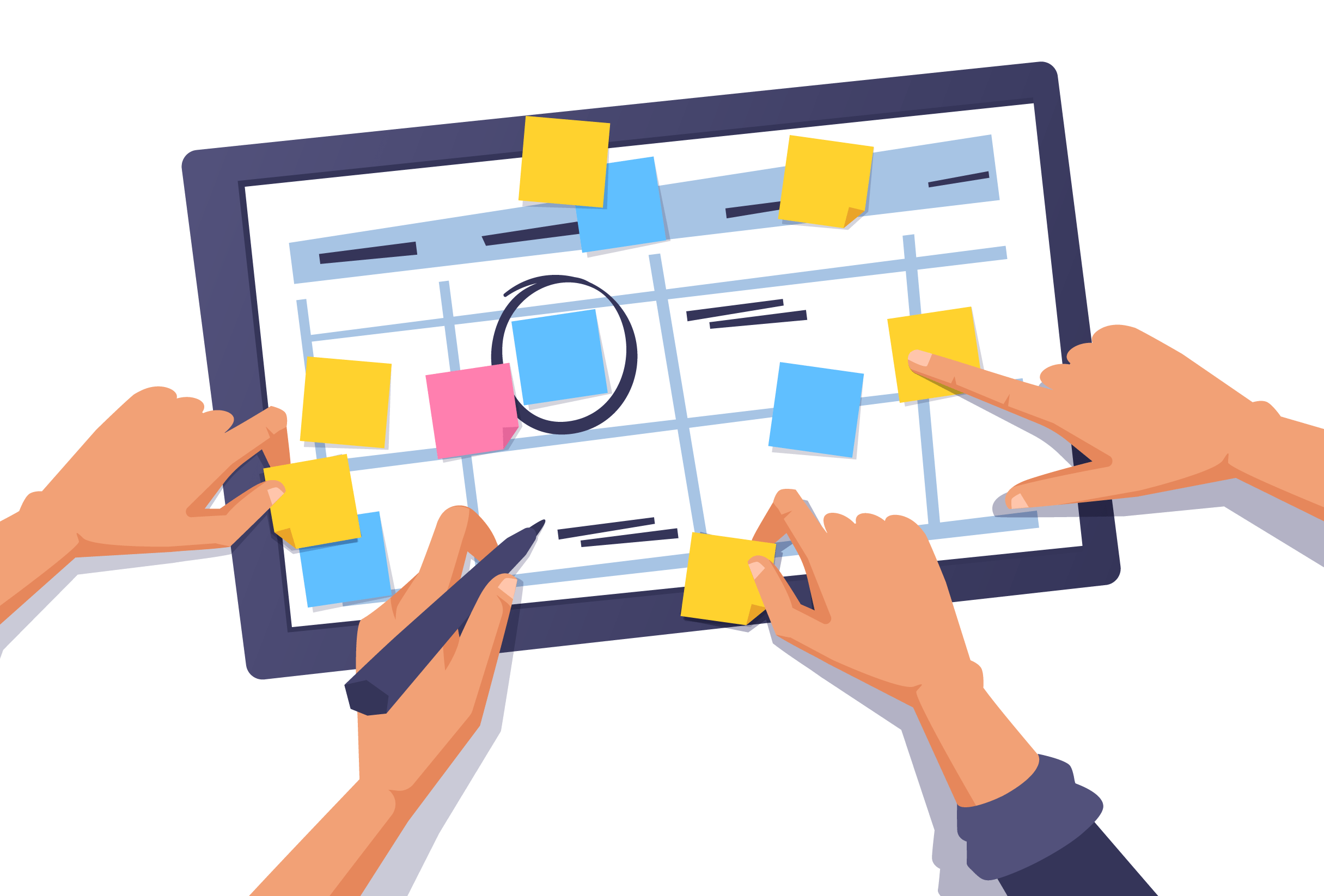
The West Partnership
is a collaboration of eight local authorities in the west of Scotland: East Dunbartonshire, East Renfrewshire, Glasgow City, Inverclyde, North Lanarkshire, Renfrewshire, South Lanarkshire, and West Dunbartonshire.
35% of Scotland’s school population attend a West Partnership school. There are over 1000 nurseries, primary, secondary and special schools in the West Partnership, serving mainly urban but also many rural communities.
Every educator in the Partnership is a part of our collective efforts to build a networked learning system and everyone can get involved.
The West Partnership has a clear vision and set of values. These continue to drive the improvement work the eight local authorities do together.
Our vision is to embed the values of equity, excellence and empowerment in everything we do, building a collaborative, networked learning system to improve learning experiences and outcomes for every learner across the region.


Our Collaborative Framework sets out nine priorities. These focus on what we can do more effectively together than as eight separate local authorities.
The Framework is built around continued collective action with a strong focus on what we can do together to:


The Framework is built around continued collective action with a strong focus on what we can do together to:
Find out more in our Collaborative Framework and in the 2025-26 improvement activity tab.
All the work that we do together is underpinned by three principles.
Miranda and Chapman (2021) describe the Networked Learning System as providing:
‘ …a values driven, systemic perspective to improvement at all levels of the system.’
The Partnership’s approach has always been about building a Networked Learning System, empowering all its educators to drive improvement. What we do together is designed to enable connection, recognising that a range of models and levels of collaboration are required at different times, over different timescales and for different contexts.
Our shared definition of collaboration remains:
We will work together to understand and improve pedagogy for agreed purposes, which will lead to better outcomes, informed by evidence and critical self-reflection.
The number of teachers, practitioners and officers who actively participate in the work of the Partnership has increased year on year. People get involved through professional learning, being part of a network or developing and sharing materials that will be useful to everyone. Collaboration around a shared agenda is the common thread. This means that work is driven and led by those that will use and benefit from it, including teachers, early years practitioners and school leadership teams. This can be seen in examples from the Collaborative Framework such as:
The Partnership includes everyone in schools, establishments and central teams and everyone can both contribute to and benefit from our collective efforts.
Our focus is always firmly on identifying what we can do as a Partnership that will add value across the eight local authorities. We do this through robust self-evaluation and the use of evidence. In the coming year evaluation evidence will be collected across the four workstreams by all those involved in them. We will continue to use our three strategic drivers of improvement as a filter for the evidence we gather. They are:

Our workstreams complement our vision with Equity, Excellence and Empowerment as the core purposes of our work. These are outlined in our ‘Workstreams’ tab and are detailed further in our Regional Improvement Plan.